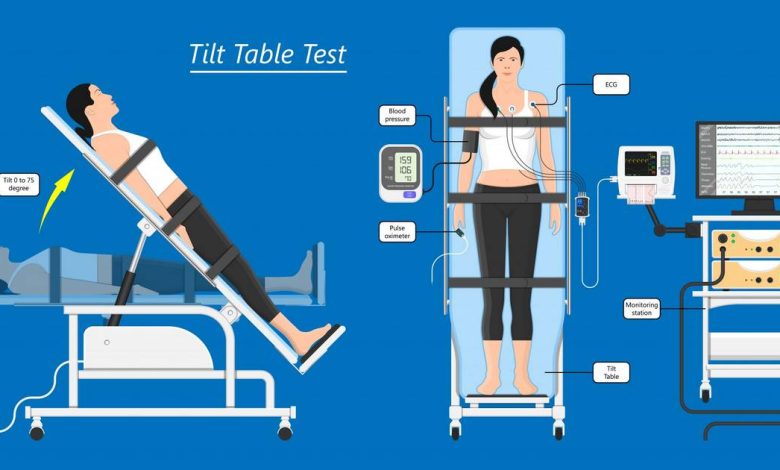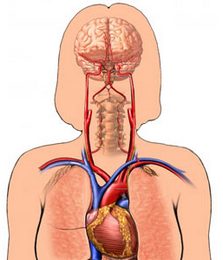Tilt-test, passive orthostatic test: what is the procedure, causes, Contraindications, how they do it, what after

Description passive orthostatic test
During the test, a person lies on the orthostatic table, which can be rotated from a horizontal to a vertical position. During the analysis, heart rate and blood pressure are measured..

Reasons for passive orthostatic test
The test is conducted, to help diagnose the cause of unexplained fainting (syncope). The test attempts to reproduce the conditions, which can lead to unconsciousness.
How is the tilt test?
Preparation for the procedure
You may be asked not to eat or drink for 2-4 hours before the test. Medications can be taken as usual, unless otherwise noted physician. Wear comfortable clothing to the procedure.
Description tilt-test
Electrodes (Velcro pads with attached wires) fixed on breast, hands and feet, and allow you to withdraw electrocardiogram (ECG). Further, A blood pressure cuff is placed on the arm. The needle is inserted into a vein in the hand or on the back of the hand. This will allow the doctor to conduct blood sampling and intravenous drugs enter (if necessary).
You will be asked to lie down on the table, then buckle your doctor to his seat. The table will rise slowly, until it takes a vertical position. Changing the position of the table simulates a change in the position of a man (from a prone position to a standing position). You can remain in this position for 5-45 minutes, that depends on the cause of the test.
When the position of the table the doctor will monitor blood pressure and heart rate. Being in an upright position, you must remain motionless, as much as possible. A nurse or doctor will ask you about the state of health throughout the test. You may feel a weakness during the test or feel, that can pass out. If this happens, the table is returned to the horizontal position. If fainting does not occur, It may be given medication nitroglycerin, to assist in the diagnosis.
After the tilt-test
You will be able to go home and do daily activities.
How long will the tilt test?
About 90 minutes.
Will it hurt?
You may feel uncomfortable or dizzy. It may also be palpitations, what you need to inform your doctor. Some discomfort is felt by the needle in the arm.
The results of tilt-test
You have to get the results on the day of testing. The results will help show the diseases and disorders, that lead to unconsciousness. If, during the test, any symptoms of weakness or fainting, you may have a disease, which causes pathological changes in blood pressure and heart rate, eg:
- Postural hypotension (low blood pressure);
- Problems with heart;
- Vasovagal syncope (It causes a sharp drop in blood pressure and / or heart rate during stress).
If you do not faint during the test, perhaps, require additional sessions tilt-test.
Contact your doctor after tilt-test
After the tilt test needed to see a doctor, If the following symptoms:
- Dizziness;
- Nausea and vomiting;
- Cardiopalmus;
- Blurred vision;
- Breathlessness;
- Chest pain;
- Weakness in the legs or arms.
